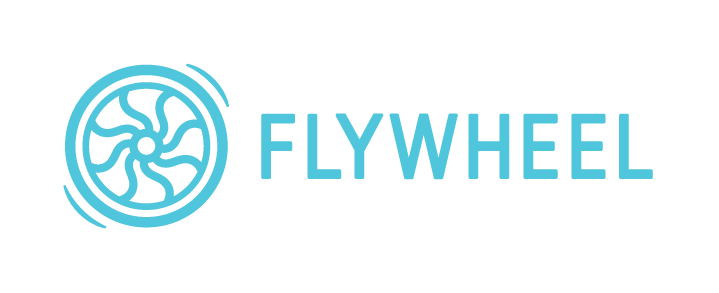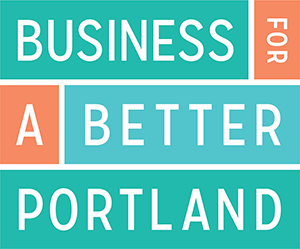One of the hardest parts of making your web site work for you is structuring your content. What do you include in the navigation bar? What pages will you realistically be able to maintain? What are the things your potential customers want to find? What are the things you want them to see most? It’s a lot to think about, and you can help steer your visitors in the right direction by making your navigation do the work for you.
It doesn’t have to be in your navigation just because it’s on your site.
 Yes, you read that right. You don’t need to make every single page in your web site a part of your primary navigation! If you have a larger web site, you might have all kinds of pages that a repeat visitor would love, but someone who’s new to your site might not be interested in it, before they know the basics. When you’re choosing what links to feature in your primary navigation, think about what information your clients are most likely to look for, and what information YOU want them to see.
Yes, you read that right. You don’t need to make every single page in your web site a part of your primary navigation! If you have a larger web site, you might have all kinds of pages that a repeat visitor would love, but someone who’s new to your site might not be interested in it, before they know the basics. When you’re choosing what links to feature in your primary navigation, think about what information your clients are most likely to look for, and what information YOU want them to see.
What do you do with the pages you don’t feature in your primary navigation? You can use drop-down menus in your nav bar, and categorize those lower-impact pages under more-important categories. Or, you can even have a (small) full site map in the footer of your site. You could even include a Search box, so they can look for specific blog post or piece of content. Either way, you don’t have to lead with a page just because it exists.
Too many options could intimidate your web site visitors.
Why is it important to pare down your navigation bar to the essentials? Too many links in your navigation bar can get overwhelming for your customers–you’re not Amazon.com, and you probably don’t have 20-some-odd “departments” to display, so there’s no need to give them all of the options.
Content matters most in the current internet age, and people have short attention spans when they’re using the web. If people visiting your web site can’t find what they’re looking for in 7 seconds or less? They’re likely to just give up and move on. Too many links means more things that your visitors have to read through to find what they want.
Don’t make your visitors guess!
It might be tempting to use clever nicknames for different sections of your web site, but if the link doesn’t make it obvious what content it leads to, it may never get clicked. The smart choice? Keep your naming conventions clear, so visitors can find what they want, and you can get the sale!
Even more importantly, you’ll want to make sure that it’s obvious your primary navigation is navigation. That means keeping it together, keeping it organized, and making it visible the moment your homepage loads. If a user has to scroll down to find your navigation, they might miss out on exactly what they’re looking for. When they miss out, so do you.
Keep the options simple and relevant.
If you’re thinking, “wow, my navigation bar needs a makeover!” you can tighten things up pretty easily, by keeping just a few key points in mind:
- Make sure your navigation bar links have titles that make it clear what’s on that page.
- Narrow your navigation categories down to the most important pages and categories–ideally, 6 items or less.
- Make your navigation easy to find, and easy to read–keep all of your important links above the fold, so viewers don’t have to scroll down.
- Make good use of site maps, search boxes, and footer navigation, to help your repeat visitors fill in the blanks.
If the idea of improving your web site is making your head spin, I can lend my 1337 skills to you with a Web Site Reveal, and identify the top 5 ways you can improve your site–or even help you with a full-on Web Design Package. Get in touch, and we’ll get you looking awesome.
Portland web design – Portland professional photography – Upswept Creative

